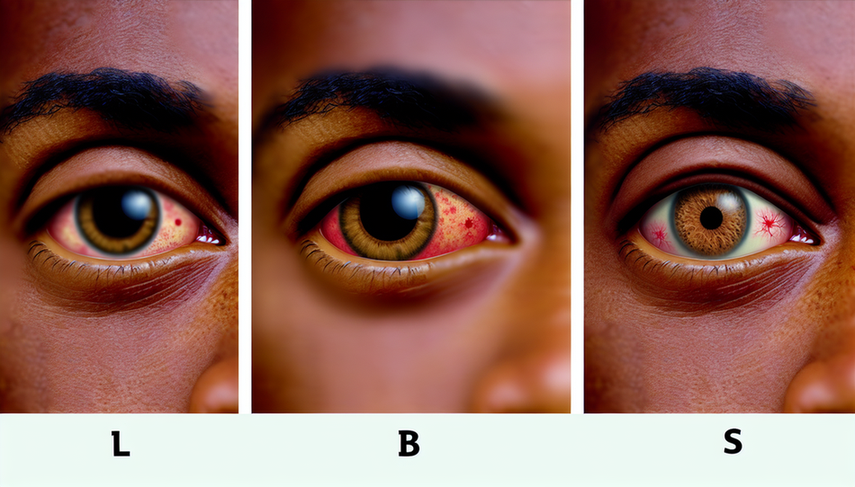Conjunctivitis Diagnosis: Differentiating Bacterial, Viral, and Allergic Causes with Ocular Discharge and Conjunctival Hyperemia

Conjunctivitis is one of the most common ocular conditions encountered in primary care, characterized by inflammation of the conjunctiva, which can be caused by bacterial, viral, or allergic infections. Accurate differentiation between these etiologies is crucial for appropriate management and to avoid unnecessary antibiotic use. In this article, we will explore the methods of conjunctivitis diagnosis and how to distinguish between its bacterial, viral, and allergic forms.
Profundizando en el Diagnóstico
The diagnosis of conjunctivitis is based on a combination of clinical history and physical examination. Ocular discharge is a key sign: watery discharge is more common in viral and allergic conjunctivitis, while mucopurulent discharge suggests a bacterial etiology. Conjunctival hyperemia is a common finding in all forms of conjunctivitis, but the presence of intense itching is more indicative of an allergic cause.
Fluorescein is a useful tool in the differential diagnosis, especially to rule out keratitis or corneal ulcers. In viral conjunctivitis, adenovirus is the most common agent, and symptoms often include a burning sensation and watery discharge. In contrast, bacterial conjunctivitis, which is more frequent in children, presents with purulent discharge and eyelid crusting upon awakening [1].
The use of topical antibiotics can shorten the duration of bacterial conjunctivitis, but they are not necessary in uncomplicated cases. Allergic conjunctivitis, which affects up to 40% of the population, is effectively treated with topical antihistamines and mast cell stabilizers [2]. In cases of conjunctivitis in contact lens wearers, the possibility of corneal ulcers should always be considered [3].
Conclusiones
Accurate differentiation between bacterial, viral, and allergic forms of conjunctivitis is essential for appropriate treatment and to avoid unnecessary antibiotic use. A detailed clinical history and physical examination are fundamental for diagnosis, and the use of tools like fluorescein can help rule out more serious complications. Patient education on personal hygiene and proper symptom management is crucial to prevent transmission and improve clinical outcomes [4].
Referencias
- [1] Conjunctivitis: Diagnosis and Management
- [2] Conjunctivitis: a systematic review of diagnosis and treatment
- [3] Pediatric Conjunctivitis: A Review of Clinical Manifestations, Diagnosis, and Management
- [4] Pathophysiology of atopic blepharokeratoconjunctivitis
Created 6/1/2025
